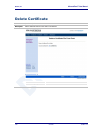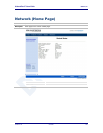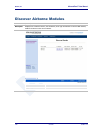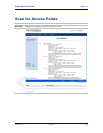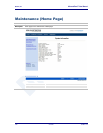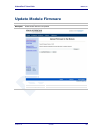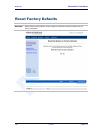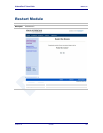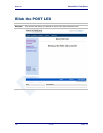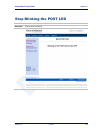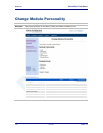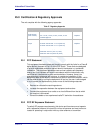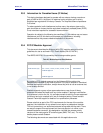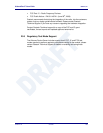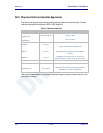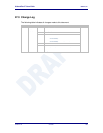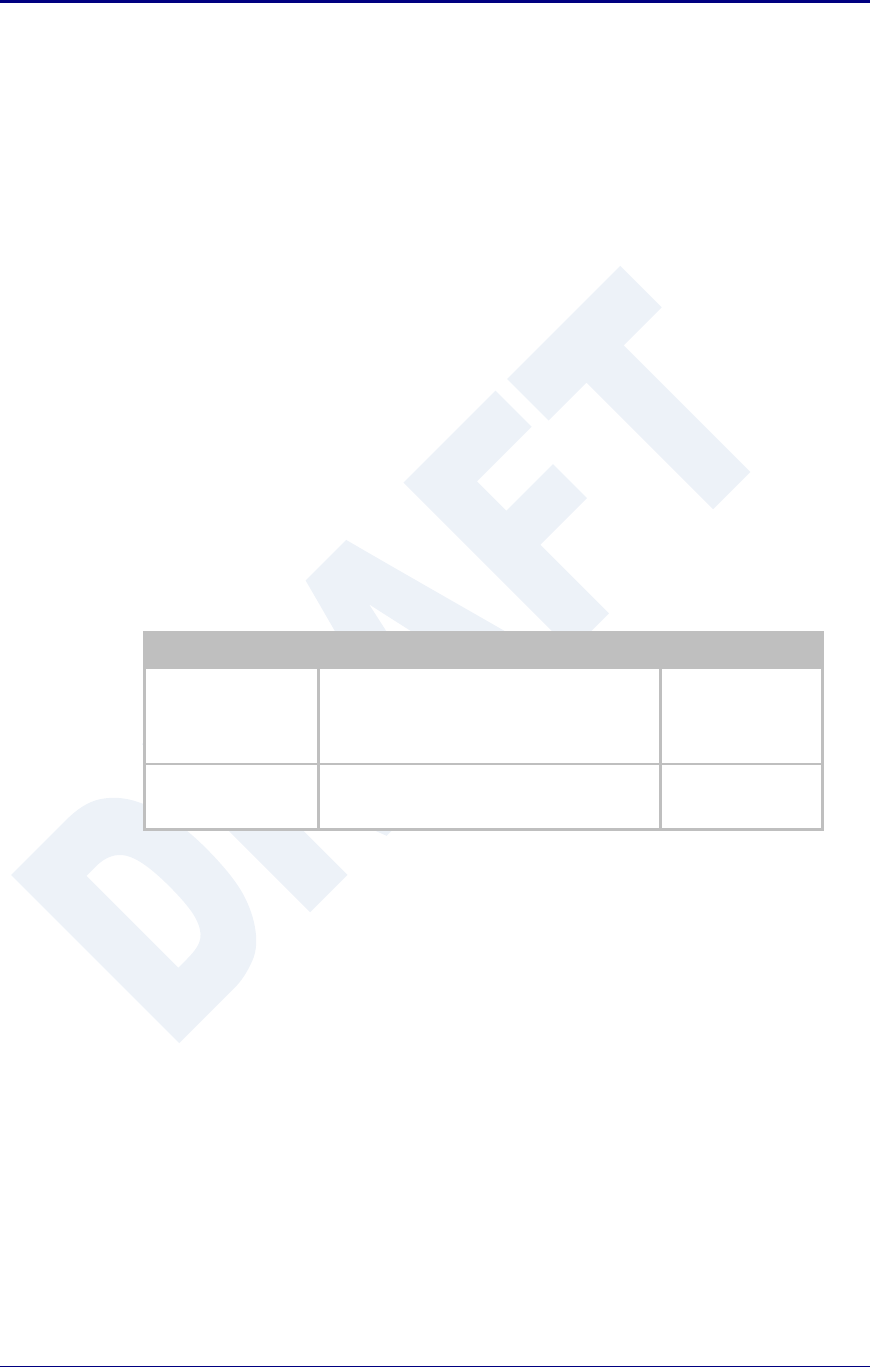
Quatech, Inc. AirborneDirect™ User Manual
132 2/21/2011 100-8510-110
25.3 Information for Canadian Users (IC Notice)
This device has been designed to operate with an antenna having a maximum
gain of 5dBi for 802.11b/g band. An antenna having a higher gain is strictly
prohibited per regulations of Industry Canada. The required antenna impedance
is 50 ohms.
To reduce potential radio interference to other users, the antenna type and its
gain should be so chosen that the equivalent isotropically radiated power (EIRP)
is not more than required for successful communication.
Operation is subject to the following two conditions: (1) this device may not cause
interference, and (2) this device must accept any interference, including
interference that may cause undesired operation of the device.
25.4 FCC/IC Modular Approval
This document describes the Airborne WLN FCC modular approval and the
guidelines for use as outlined in FCC Public Notice (DA-00-1407A1).
The ABDG-XX-DP501 is covered by the following modular grants:
Table 48 - Modular Approval Grant Numbers
Country
Standard
Grant
North America (US)
FCC Part 15
Sec. 15.107, 15.109, 15.207, 15.209, 15.247
Modular Approval
F4AWLNG551
Canada
RSS 210
Modular Approval
3913A-WLNG551
By providing FCC modular approval on the Airborne WLN modules, the
customers are relieved of any need to perform FCC part15 subpart C Intentional
Radiator testing and certification, except where they wish to use an antenna that
is not already certified.
Quatech supports a group of pre-approved antenna; use of one of these
antennas eliminates the need to do any further subpart C testing or certification.
If an antenna is not on the list, it is a simple process to add it to the pre-approved
list without having to complete a full set of emissions testing. Please contact
Quatech Technical support for details of our qualification processes.
Please note that as part of the FCC requirements for the use of the modular
approval, the installation of any antenna must require a professional installer.
This is to prevent any non-authorized antenna being used with the radio. There
are ways to support this requirement but the most popular is to utilize a non-
standard antenna connector, this designation includes the reverse polarity
versions of the most popular RF antenna types (SMA, TNC, etc.). For more
details please contact Quatech.
The following documents are associated with this applications note:



